|
23rd March 2022 It's a Wednesday night and we're round Simon's for an evening of gaming. 'You see, in this world, there’s two kinds of people, my friend – those who write dodgy blogs about board games, and those who read dodgy blogs about board games. You read dodgy blogs about board games!' Western Legends is a western themed open-world sandbox board game where players are free to pursue several differing roads to success. What's in a game?
The quality of the components in Western Legends is high, the cards, boards and tokens are all well made, the dice are plastic but nicely rounded and finished in a cool looking black and gold colour scheme. I like the gold nuggets and always appreciate the usage of wooden components. The plastic miniatures are unpainted but have a reasonable amount of detail. While essentially unnecessary, the general store tray is eye-catching and looks great on the table. The use of art is solid throughout the game and fits the western theme very well, illustrations feature on all the cards and are high quality, the character card portraits are the standout here. The board also looks good, with its map-like artwork. All-in-all well presented. Quite a few icons are used in Western Legends, most of it is clear and easily comprehended. Players will probably end up referring to the rulebook on several occasions, however, it's likely that this will be as much to get a handle on rules as to decipher the game's iconography. How's it play? Setup
On to play Before discussing how a turn plays out, some rules needed to be explained.
Actions Beginning with the first player and progressing to the left, each player takes their turn. The bulk of active player's turn will consist of 3 actions, which can be taken in any order or multiple times. Most of the actions a player can take will be contextual to their location or proximity to other players or NPCs. The turn order is a follows:
There a large number of contextual actions available in Western Legends obviously depending on the situation.
If the active player is on a space with an icon, they may trigger that action. There several types of location and some have multiple options.
When the active player has finished their 3 actions, the following events occur.
Endgame Play continues until someone reaches 15/20/25 Legendary Points (As decided by players for a short/average/long game.) which triggers the game end and all players get one final turn. After this players tot up their final VP total (Legendary Points.) which comes from various sources.
Points are tallied, highest score wins. Overall
It might seem from this fairly lengthy write up that Western Legends is complex but this isn't the case. There are lots of options and choices in this open world game that players can take but the implementation of this through the rules is actually quite straightforward. Western Legends has enough flexibility to give players interesting choices to follow and provide a varied experience but doesn't bog them down with too many rules. This wide variety of choices provides players with several differing approaches to accumulating VPs and one of the interesting aspects is how these elements interact with each other and nudge players into also doing so. For example: Prospecting can be a good way to go, mining and selling gold nuggets earns both VPs and cash (Which can be spent for even more VPs!), provided that the player can get to the bank. Outlaws will want to steal that gold for themselves (Or engage in other dastardly behaviour.), which in turn increases their wanted rating. For bandits, this is a good thing, because their wanted rating has the ongoing effect of constantly increasing their VPs. Consequently, it means that players on the marshal track will be motivated to hunt down and arrest outlaws to prevent this occurring. Players will want to watch what others are doing and if necessary, adjust strategies to respond to other player actions. Having said that, the open nature of the game means that players could also simply avoid each other and it becomes a race to get to the Legendary Point threshold. These differing playstyles means it's hard to describe what a typical game would be like to play because there really isn't a typical game. Western Legends is also a bit of a RPG-adjacent game but handles those elements fairly simply. There are no experience points or levelling-up here, but purchasing item cards serves the purpose of increasing characters' abilities and thus money is a bit of a stand-in for experience points. Additionally; from story cards and character objectives to tales that arise from emergent game play, the game is full of appropriate narrative beats. As a result, the game's old-west theme feels strongly implemented. If I had a criticism, it's perhaps that the playtime feels a little long, however, I never felt like there was too long spent in downtime between turns. As far as sandbox games go, I definitely think that Western Legends is one of the better examples. The implementation of the western theme is fun and fits well. If sandbox game are what interests you and you like the old-west theme and presentation, it's worth a try.
0 Comments
17th February 2022 It's a Thursday night and we're round Simon's for some gaming goodness. The game of the night was Star Wars: Outer Rim. Turns out that playing a scoundrel in an open world Star Wars game ain't like dusting crops. What's in a game?
Regardless of whether it's practical or not, the semi-circular board looks like eye-catching. From an art perspective, it's clear that they've used some photo-referencing from the films for some of the illustrations and I think that's fine, it still looks like good artwork and means the game wisely eschews using actual photos anywhere. The quality of the art is good. Star Wars: Outer Rim uses quite a lot of iconography, for stats, for factions, on the dice etc. Fortunately, much of it is pretty clear and self-explanatory, it requires little referencing to the rulebook. This is helped by the use of tags which is easily understood. How's it play? Setup
On to play In Star Wars: Outer Rim players take on the role of outlaws, bounty hunters and scoundrels, the general scum and villainy of the galaxy I guess and the objective in Star Wars: Outer Rim is to acquire fame. There are varied paths to achieve this. collecting on bounties, delivering goods and other tasks or jobs that will occur during the game. In their turn, the active player will perform actions in 3 phases before play moves on clockwise. These phases are Planning, Actions and Encounter.
Endgame Play continues until the any player reaches 10 fame, the game then immediately ends and they are considered the winner. Overall
I haven't covered the entirety of the rules here but even so, from the perspective of complexity, Star Wars: Outer Rim isn't too bad or that complicated. You move a few spaces, perform actions, have an encounter and that's it. There are a number of situational exceptions (Mostly coming from cards that are drawn.) that need remembering though, players will want to pay close attention to their playing area to know what they'll be good at, paying attention to their tags in particular. The game also possesses some RPG aspiration here and makes use of very light RPG system, there's no XP as such but characters and ships can be levelled up after completing their goals. Having said that, the rules will probably be a little too convulsed for non-gamer types. I don't think that this is a game for Star Wars fans wanting a board game to play. It feels more like a board gamers who want a Star Wars game to play, which is not a thing necessarily bad and honestly, there's going to be a bit of crossover between the 2 groups. Because of the fairly open nature of the game, it's quite hard to describe what players will expect and strategies they might employ. Players will likely acquire jobs, encounters, bounties etc randomly to some extent, this will require them to adapt their strategies. Optimisation, picking up and completing jobs while working towards other jobs is vital here, as this finding the most efficient route across the map, The board's unusual shape essentially funnels travel along 2 or 3 routes. All of this is provided of course, that all the pieces fall in the right place. This would include watching how patrols move and the reputation players have with their respective factions. There are also other paths to accruing fame points such as fighting patrols. Players will also look to gain crew, improved ship and mods. Additionally, there's nothing to stop players fighting other players, in fact, the game may sort of encourage this as circumstances ay put one player's bounty aboard another player's ship. I'm not sure how I feel about Star Wars: Outer Rim. One aspect that irks me is the entirely different set of mechanics used for skill tests and combat. Another is the shape of the board. For an open world game players are in essence limited to the choice of going one way or the other, clockwise or anticlockwise. Yes. the board looks good and perhaps it makes sense within the context of the Star Wars setting but ,t feels like it's been done to nudge players to undertake tasks in a certain order, all in the name of game balancing or game play. I also found the game a little unengaging. I think this was down to a mixture of what felt like a long downtime between turns and frequently slightly unexciting turns. And as with a lot of open world games that sort try to implement a go-anywhere-do-anything theme. It feels like a bit more of an effort than it's worth. I wonder if it wouldn't be better to get a player to gamemaster an actual table top RPG instead. |
AuthorI play, I paint. Archives
March 2024
Categories
All
|

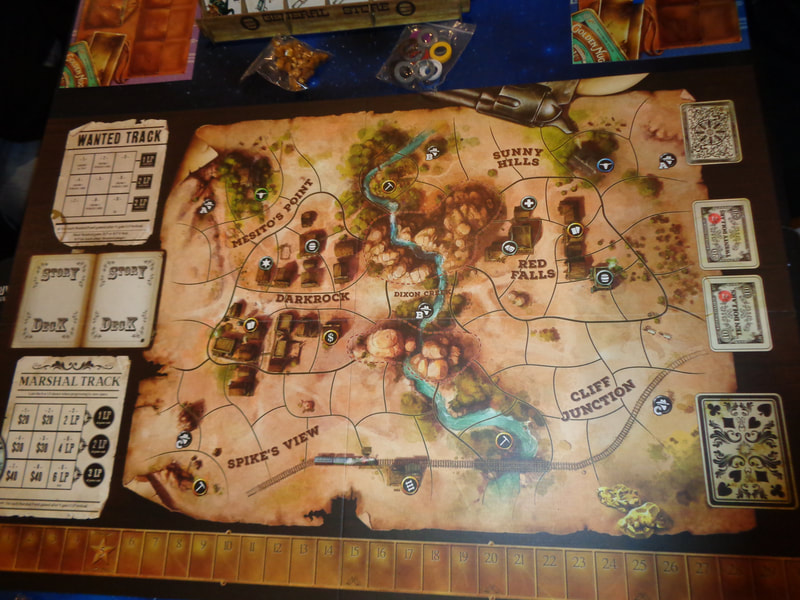
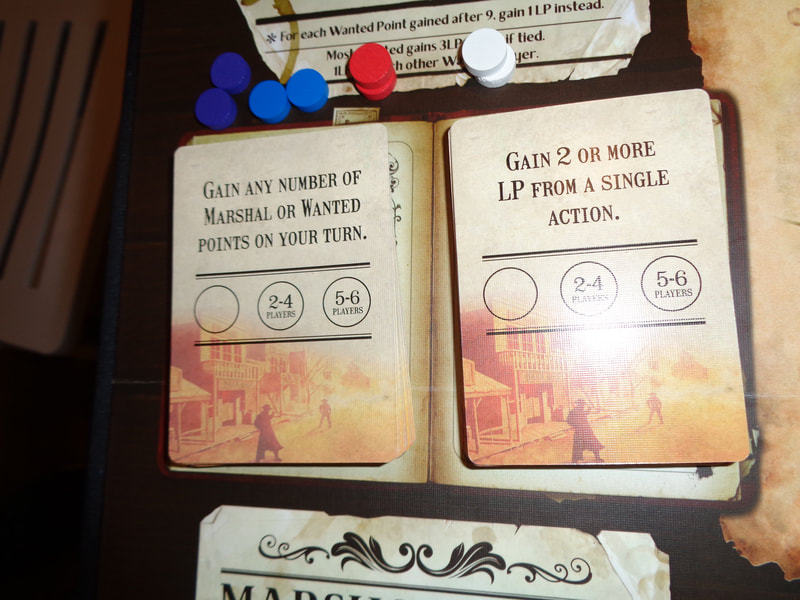
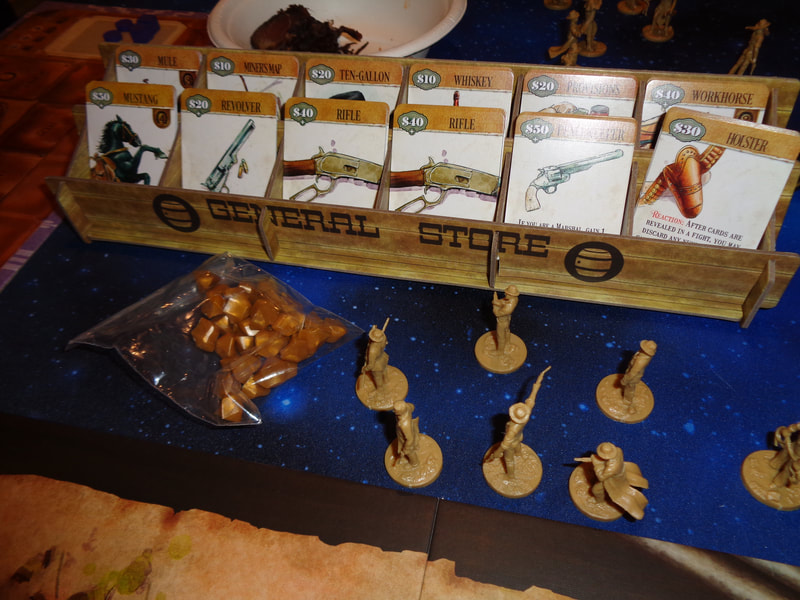
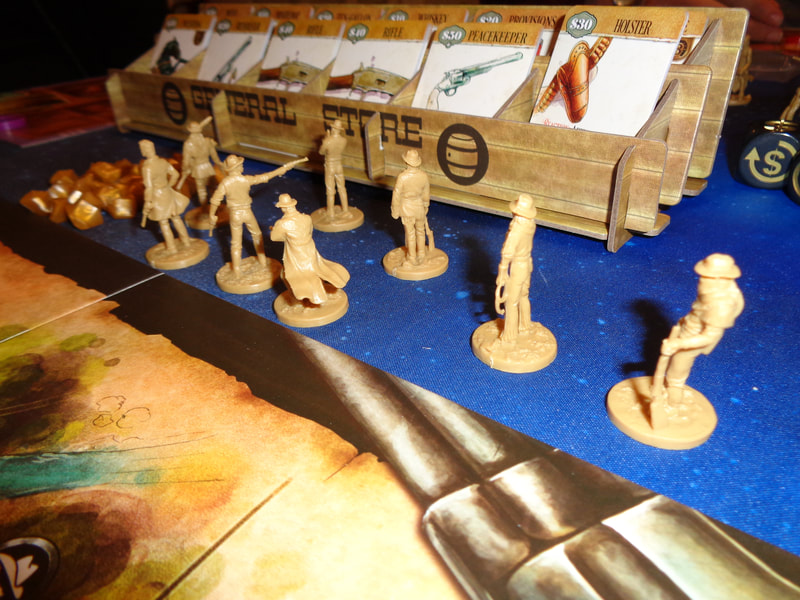
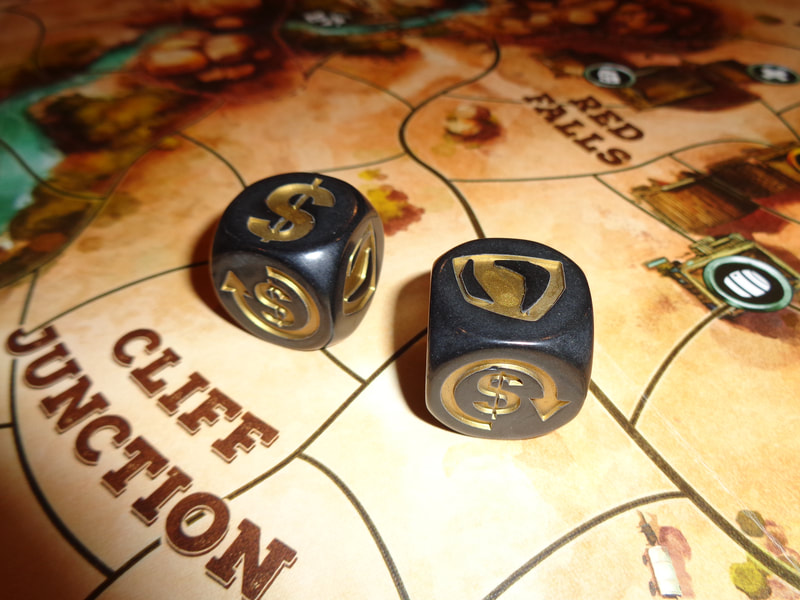
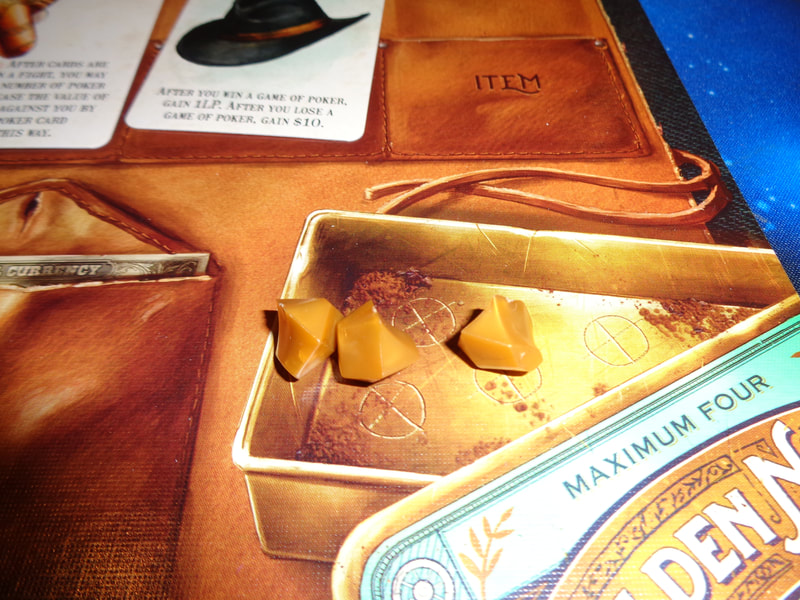
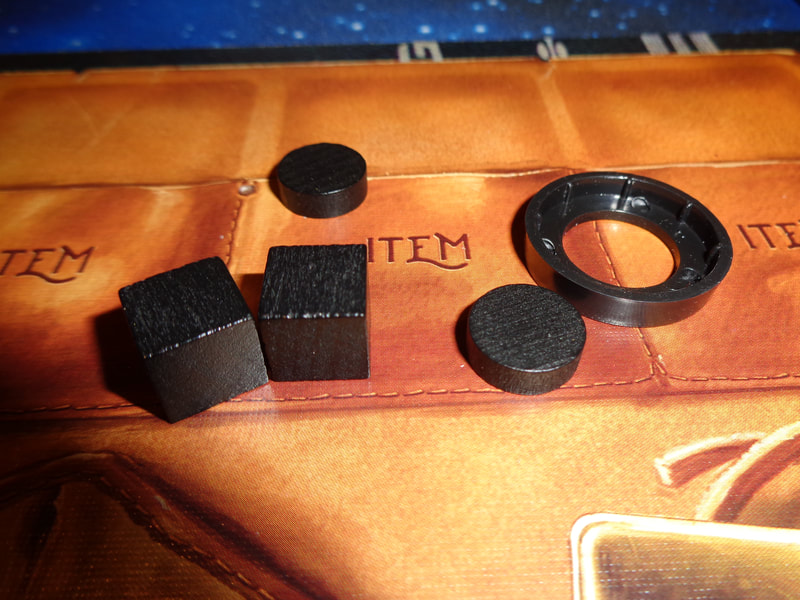
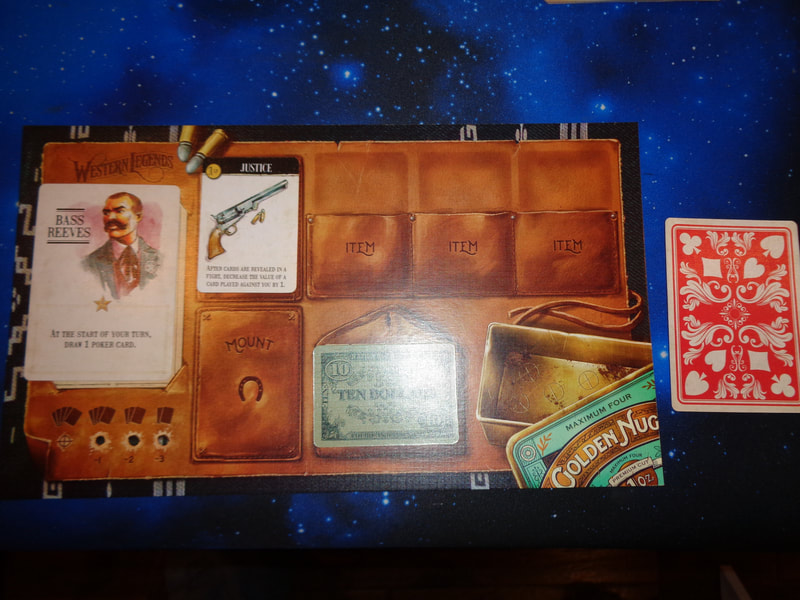
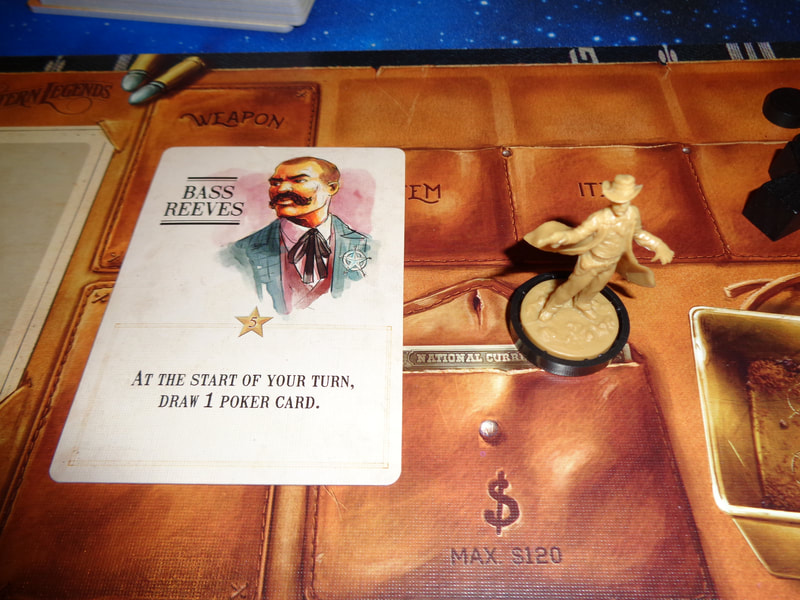
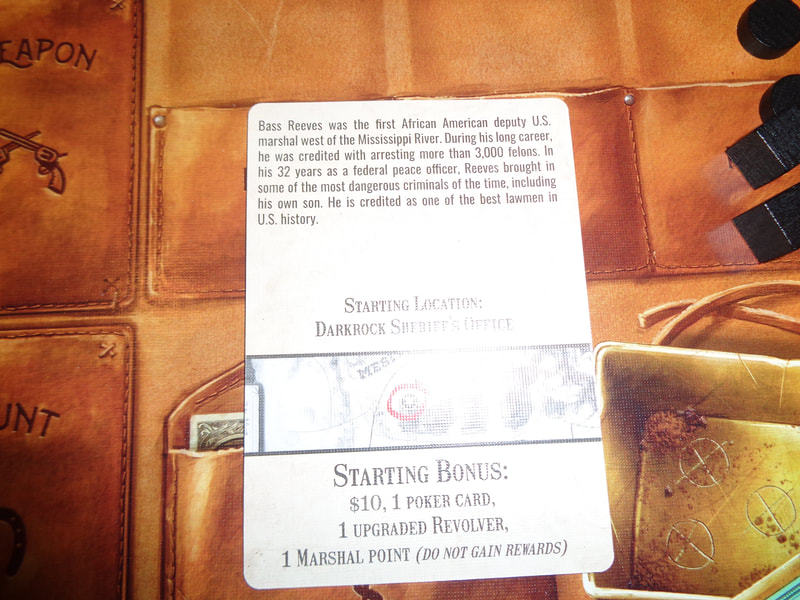
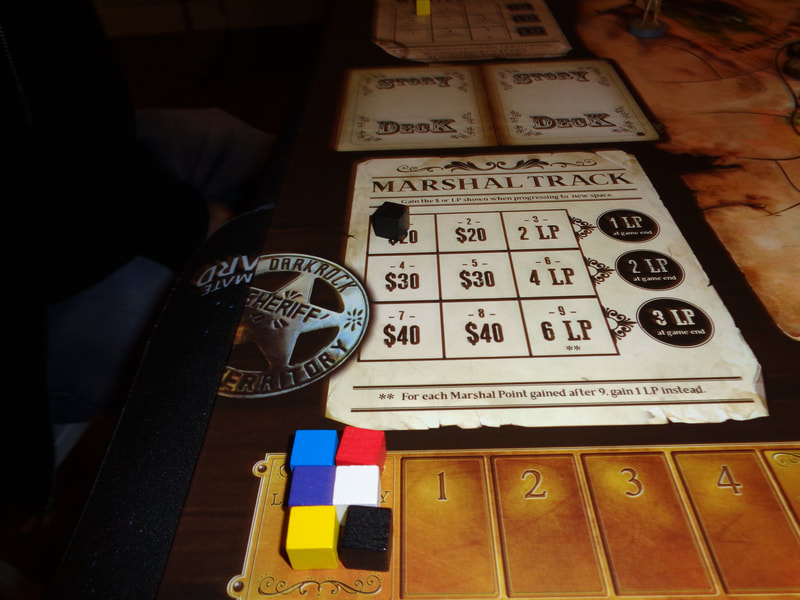
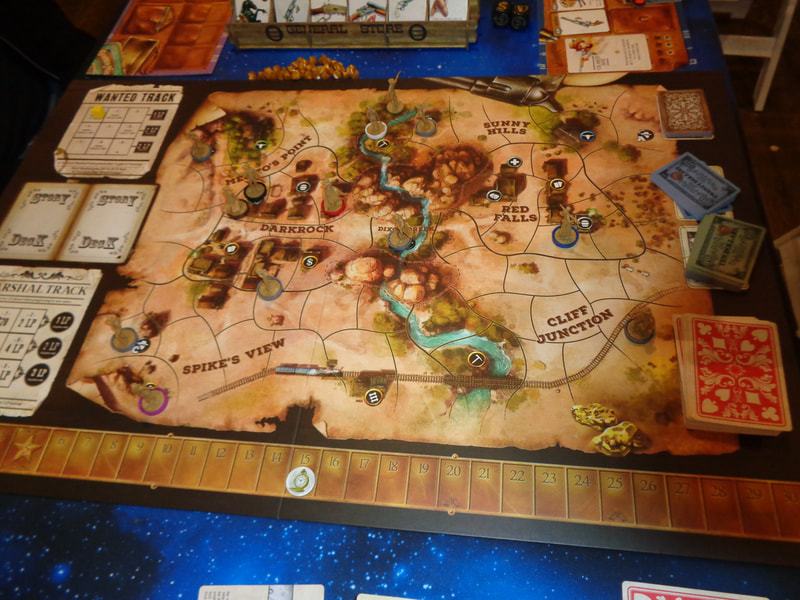
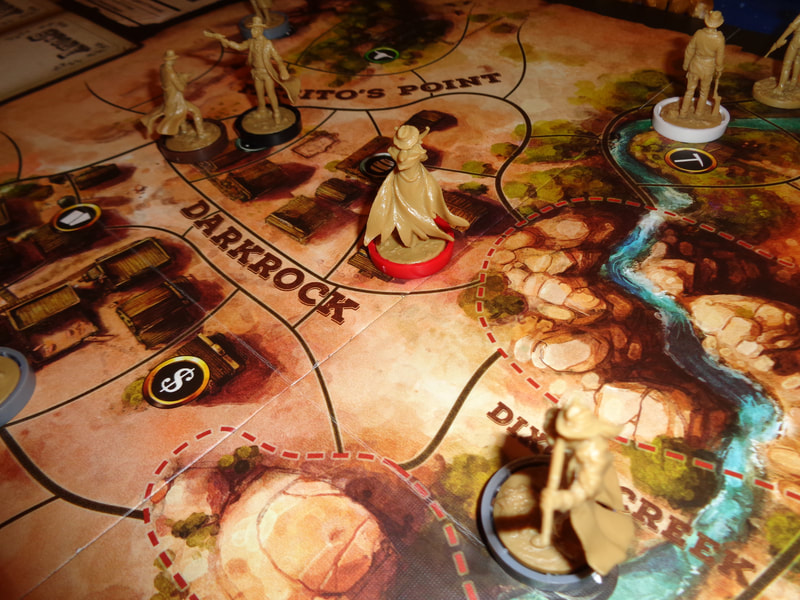
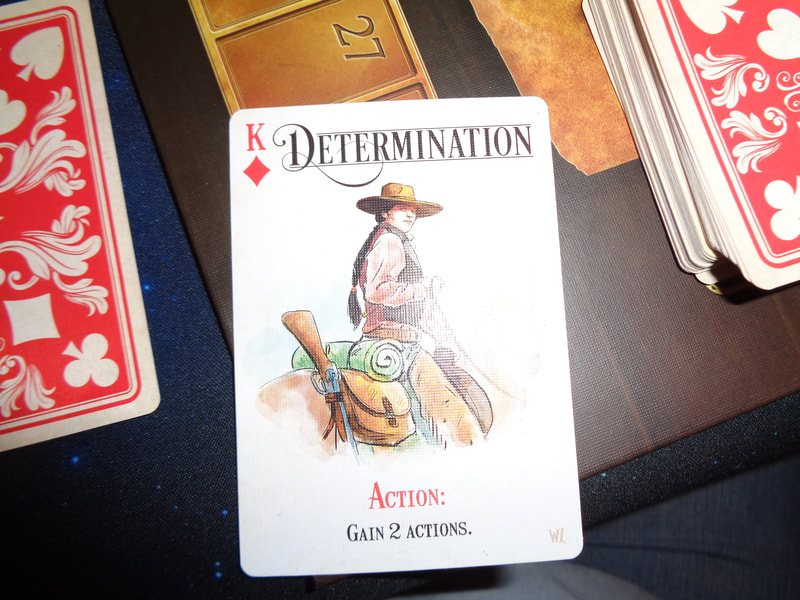
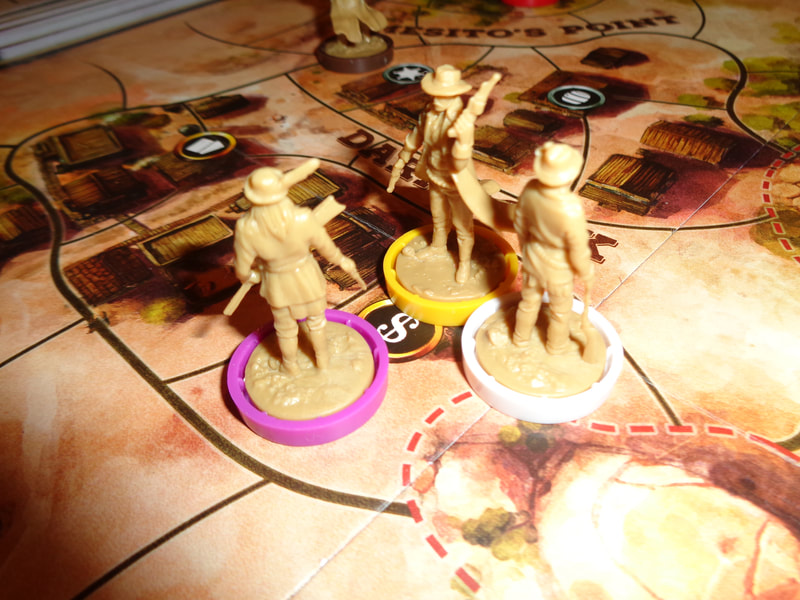
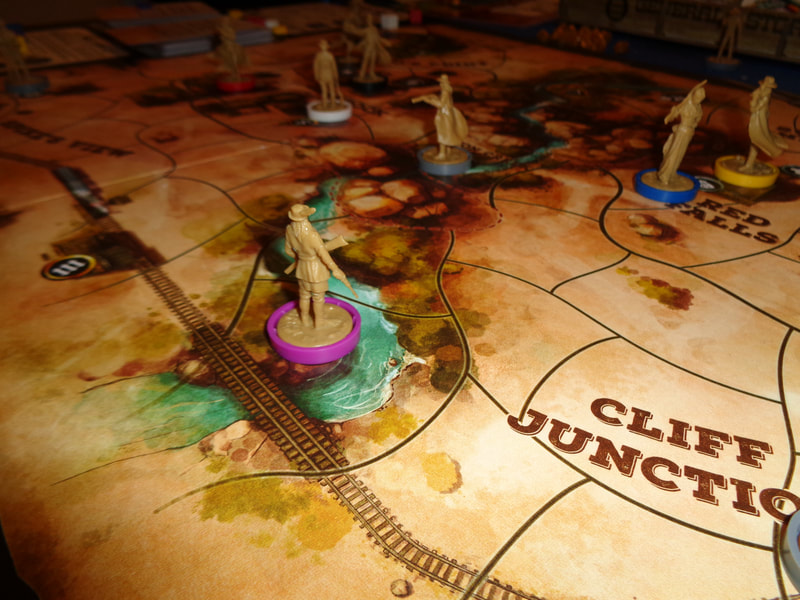
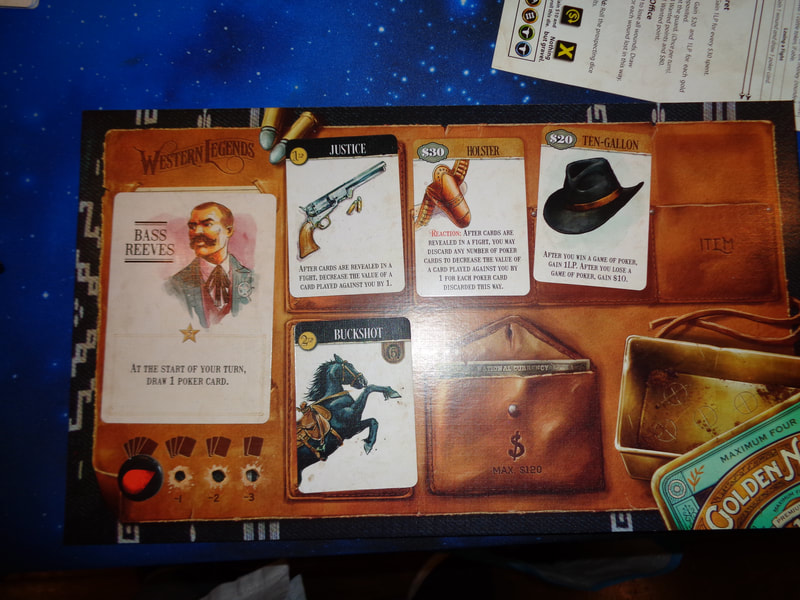
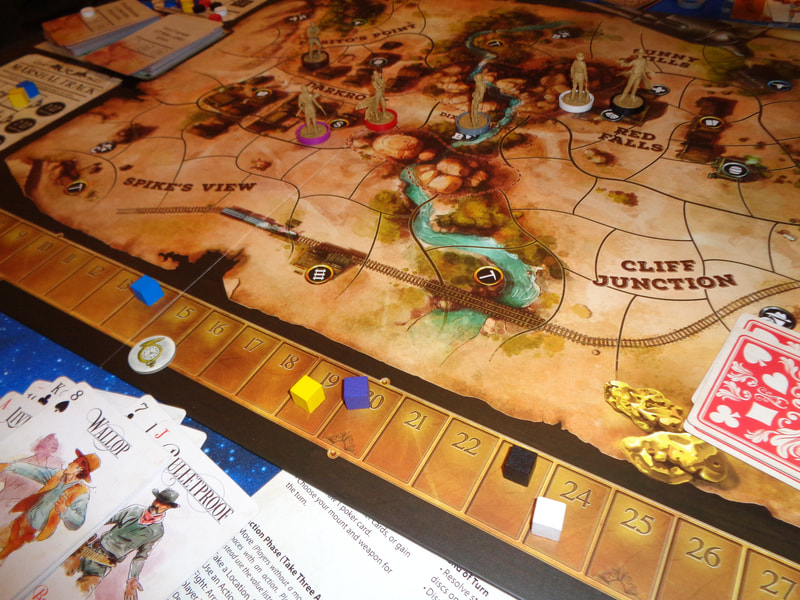
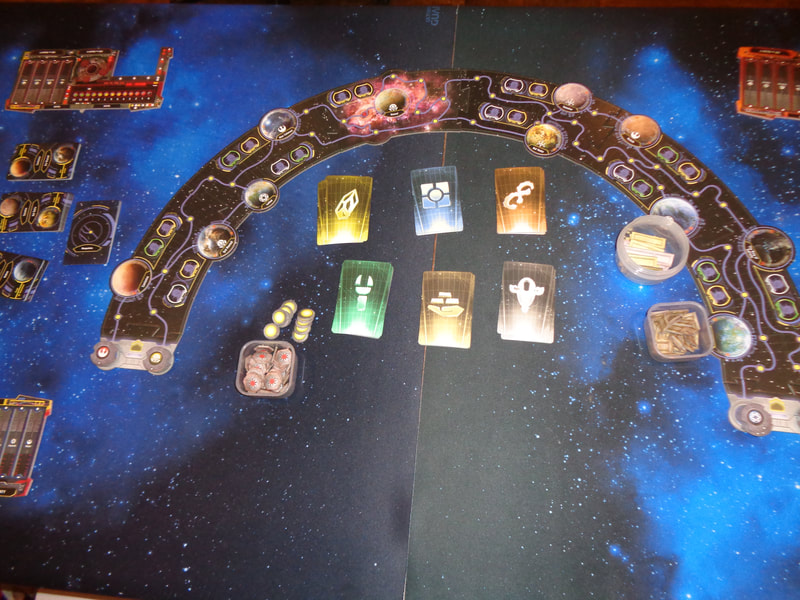
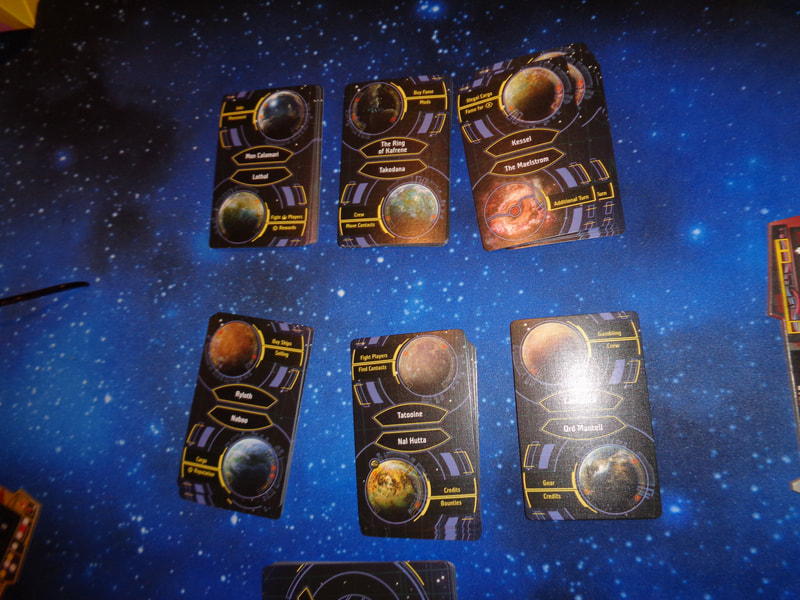
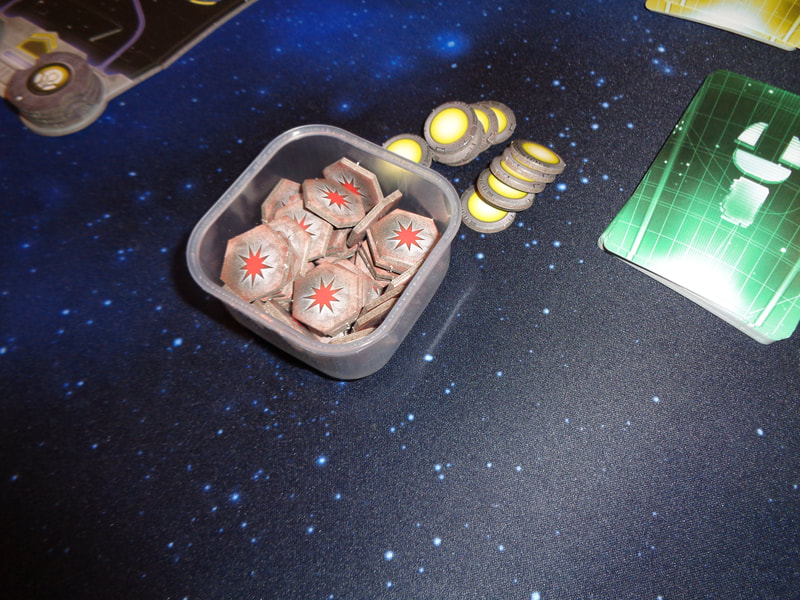
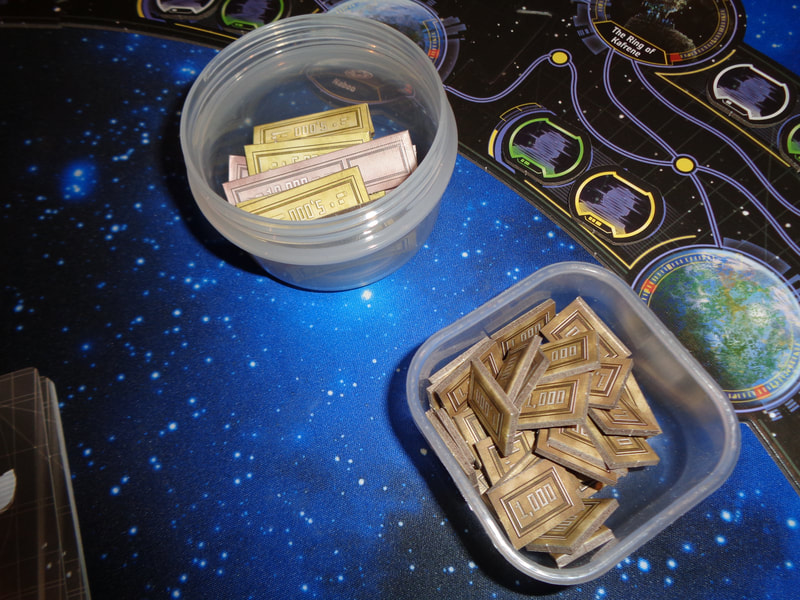
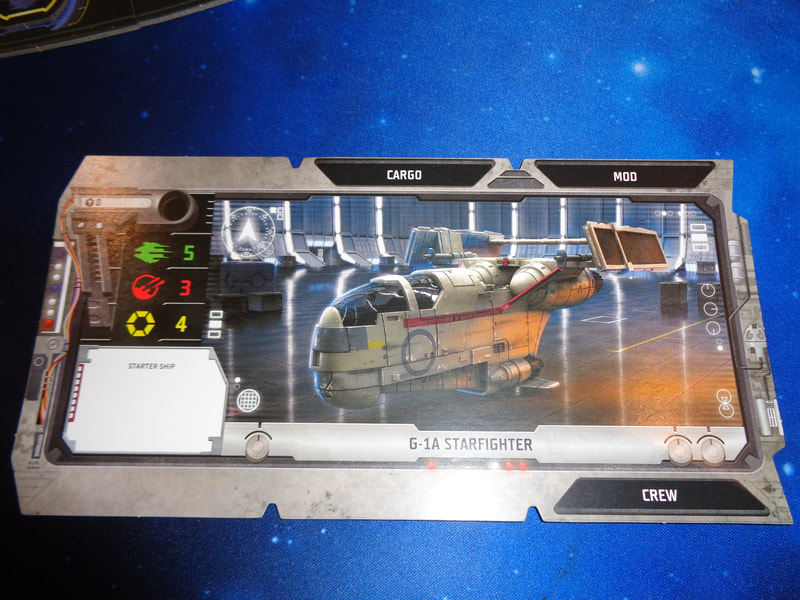
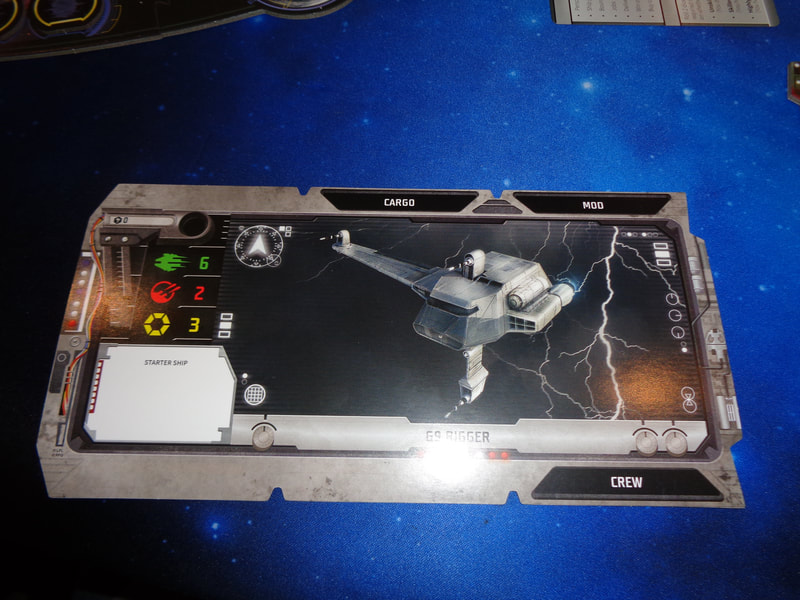
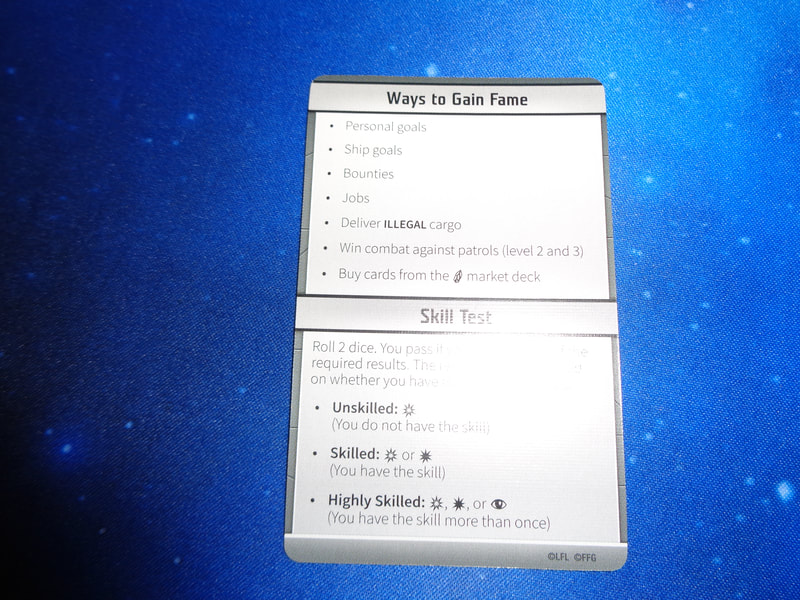
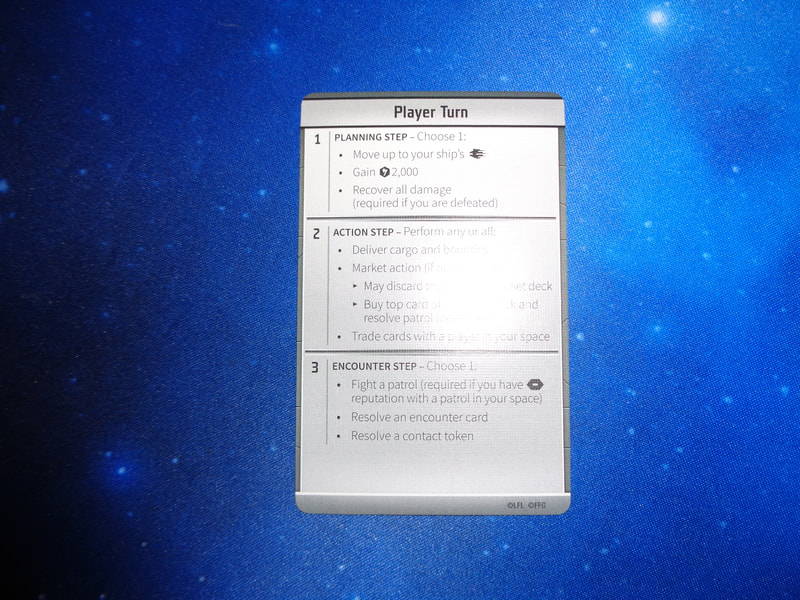
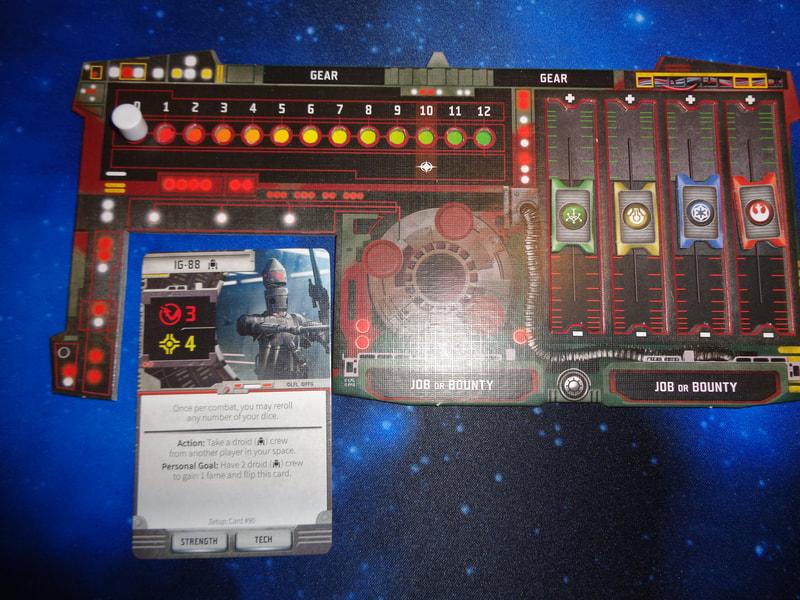
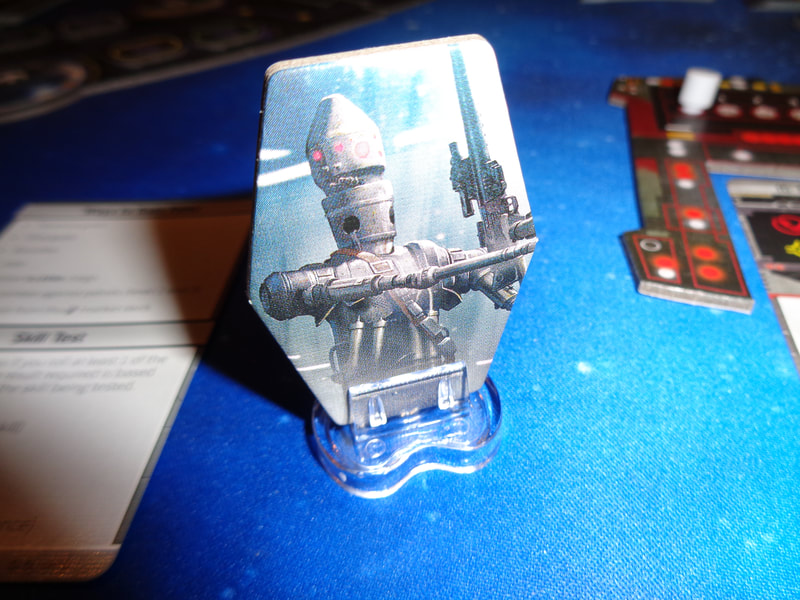
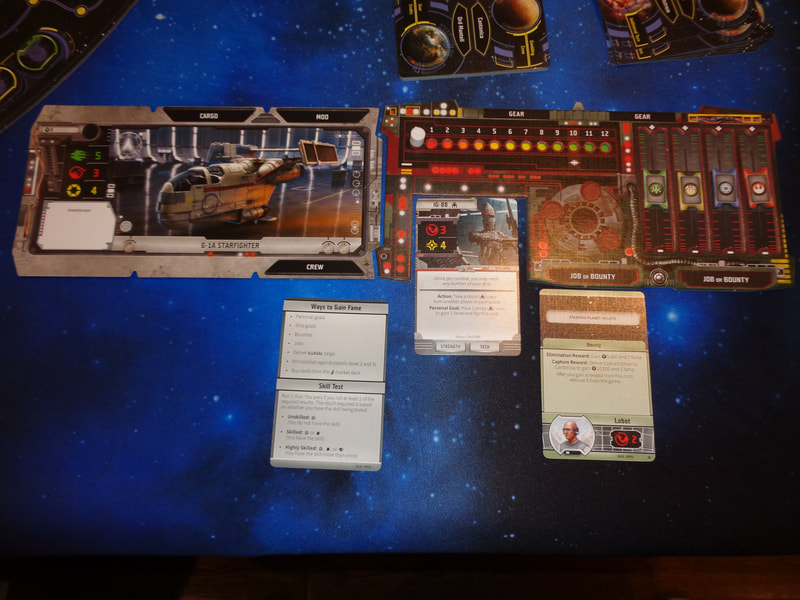
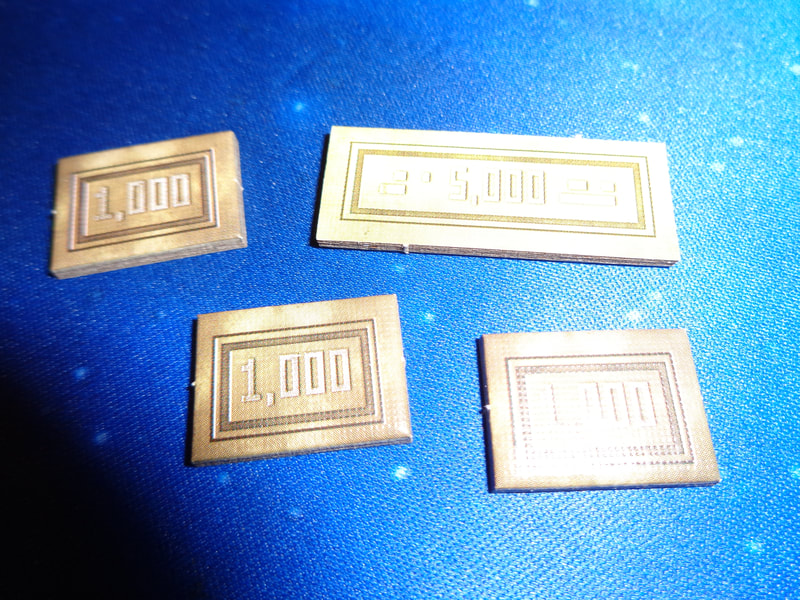
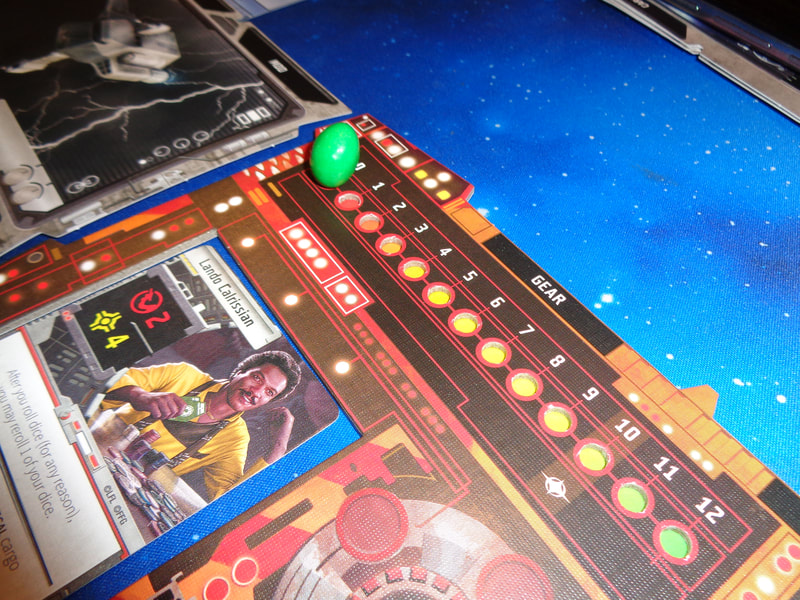
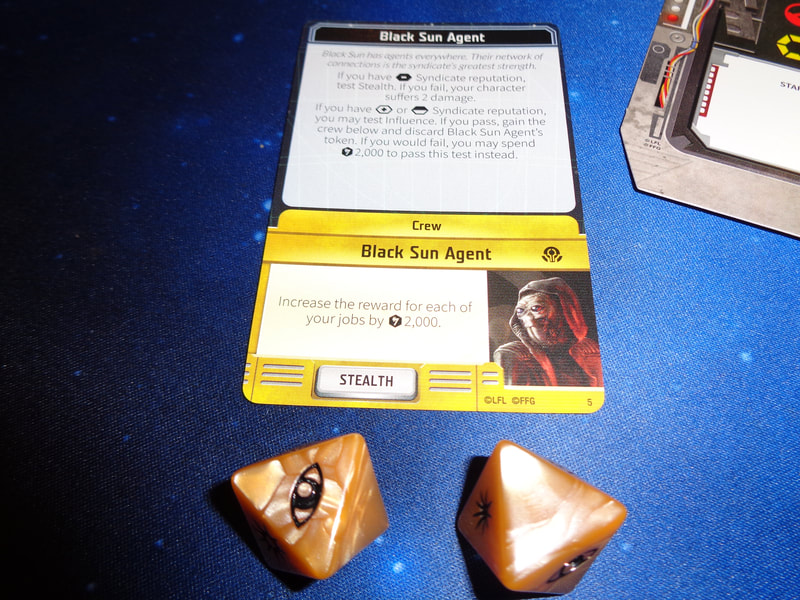
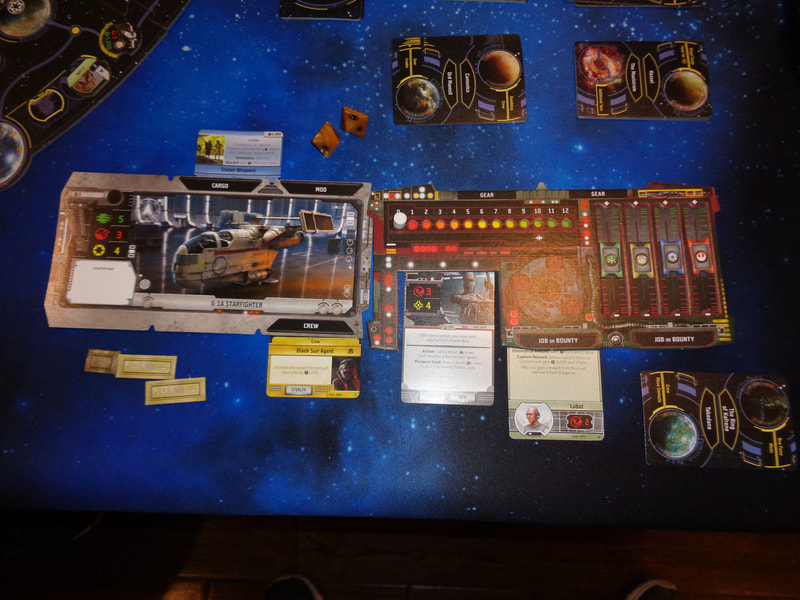
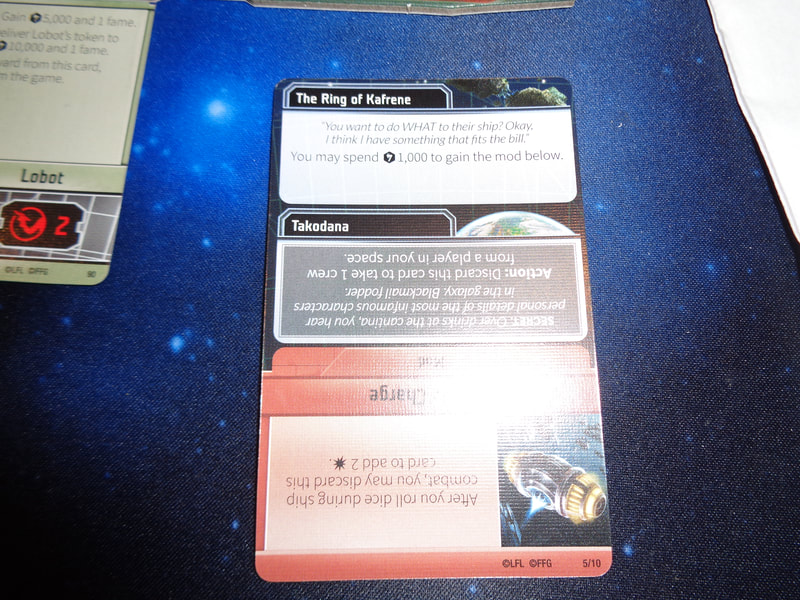
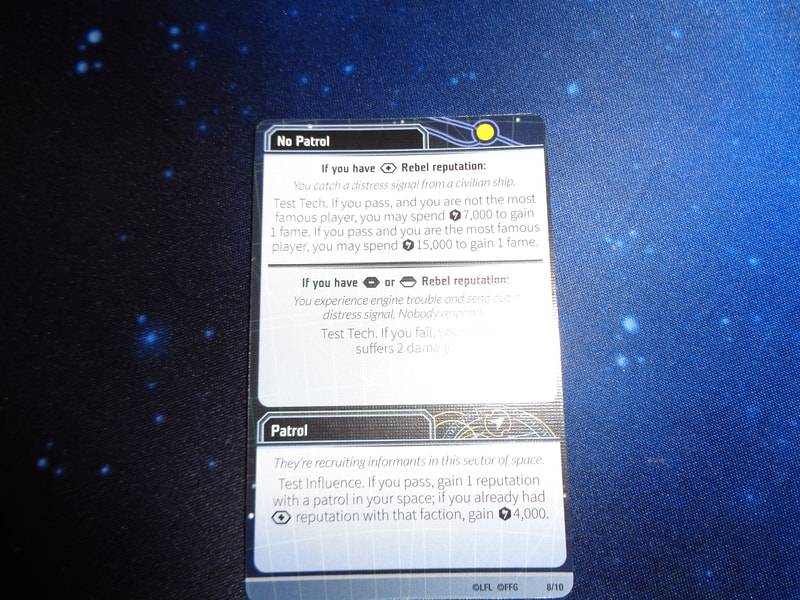
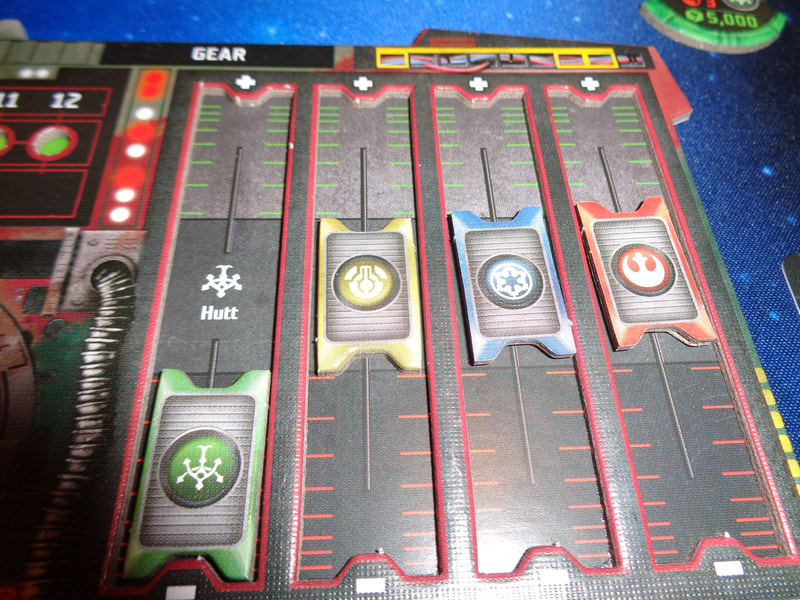
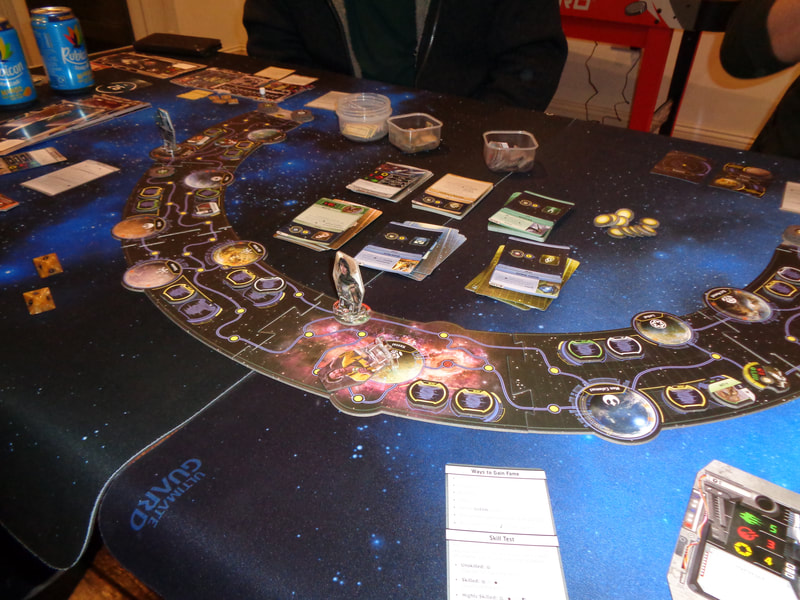
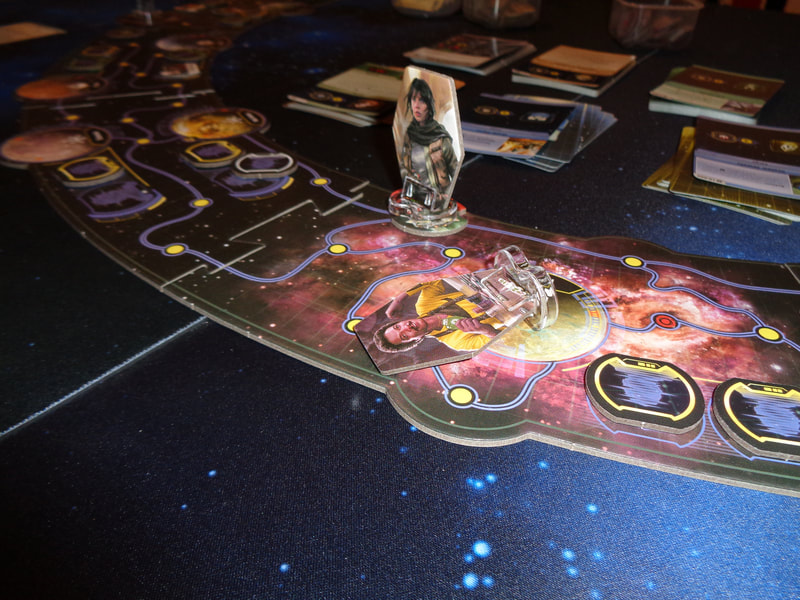
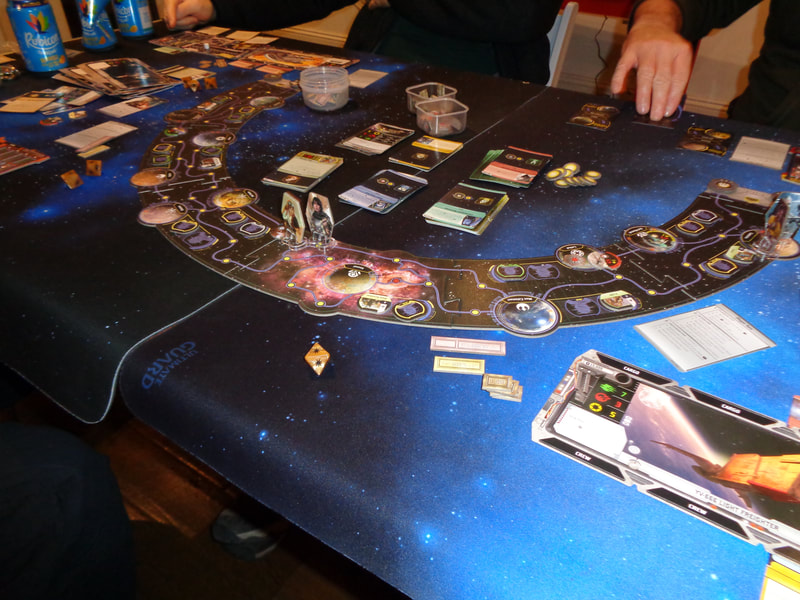
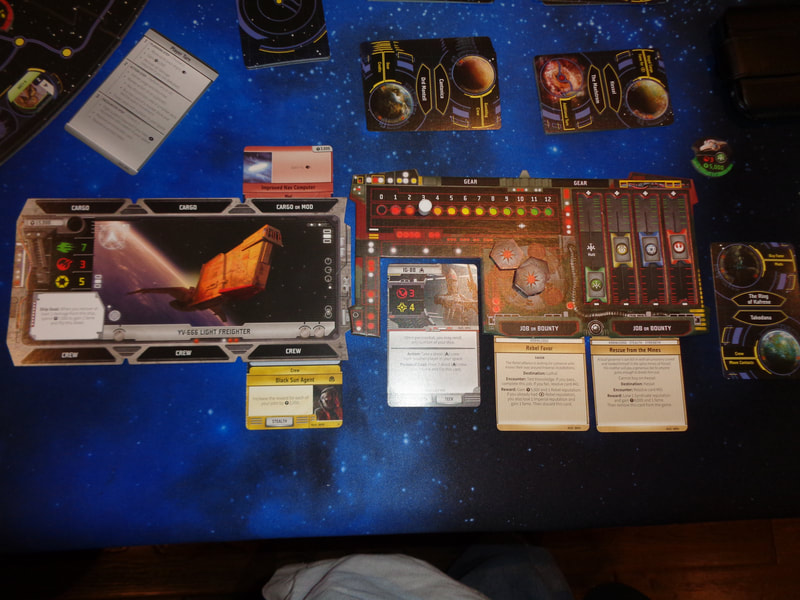
 RSS Feed
RSS Feed
